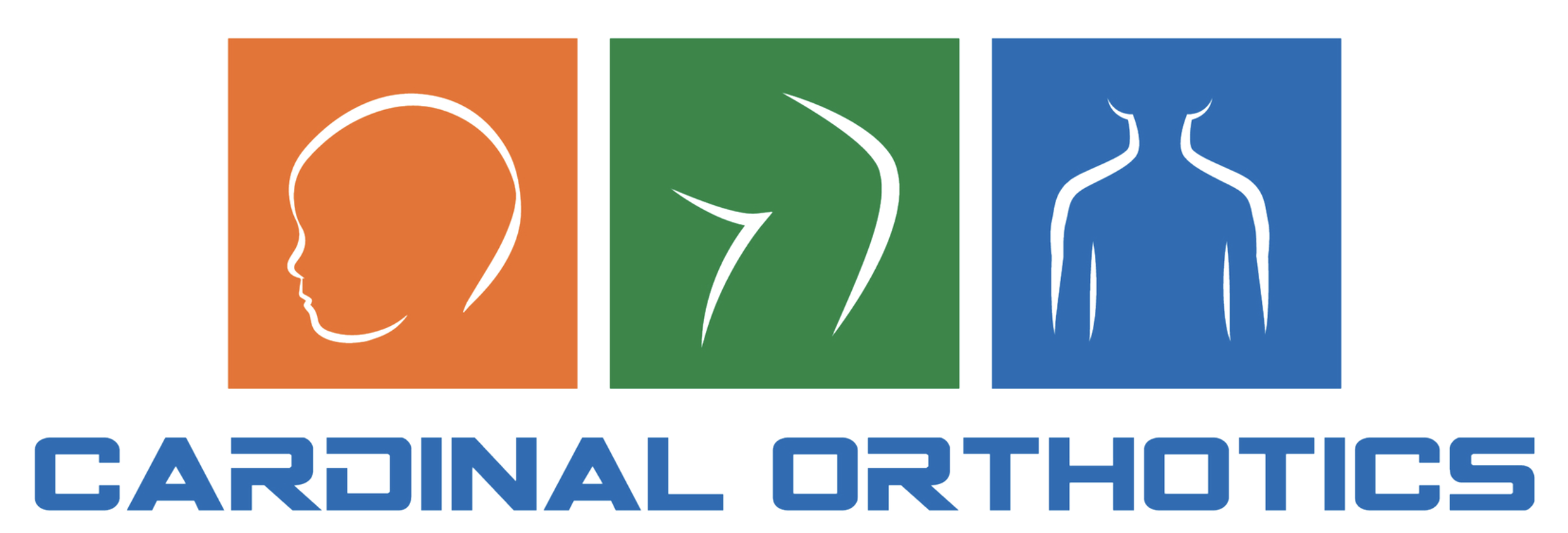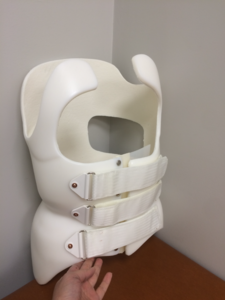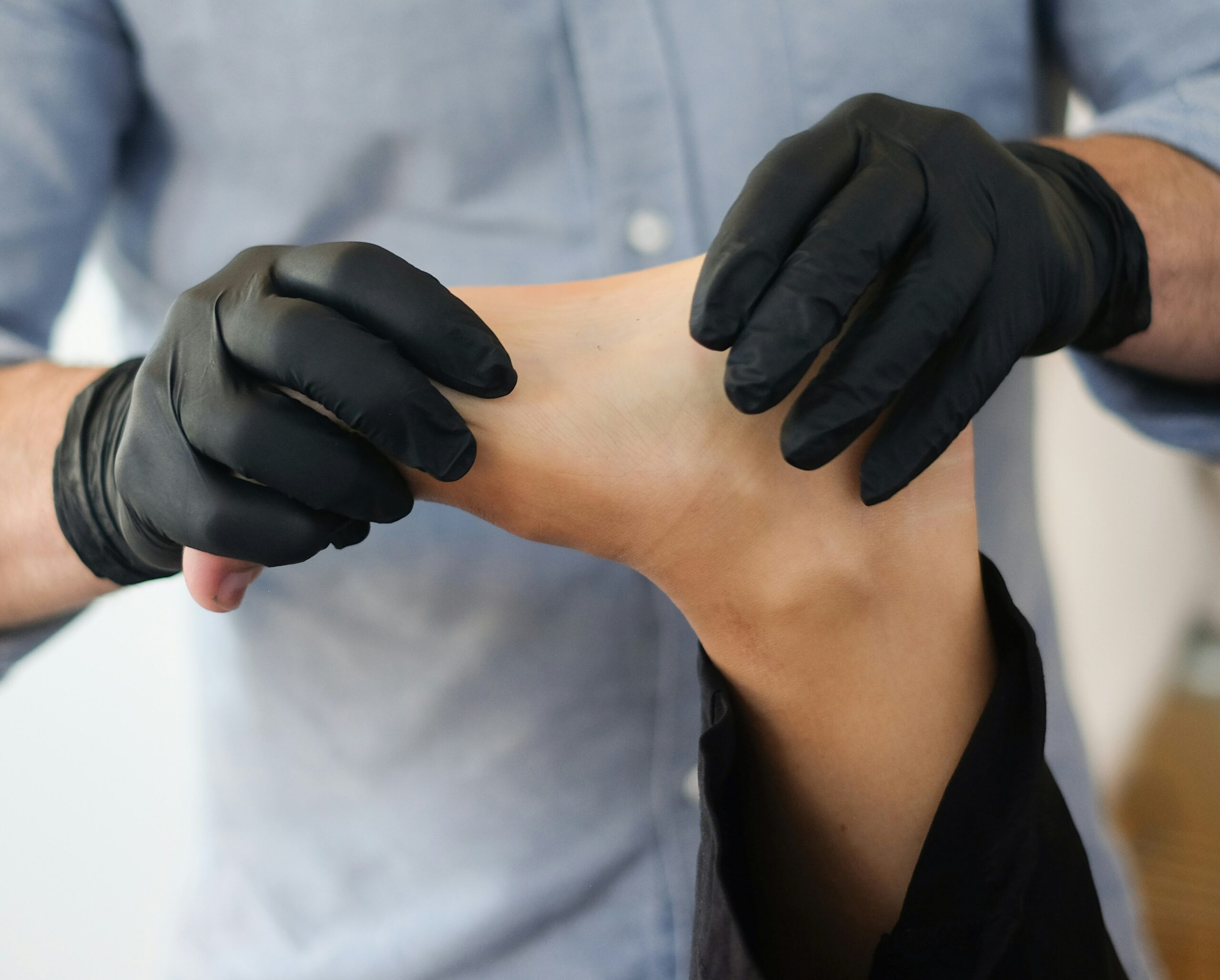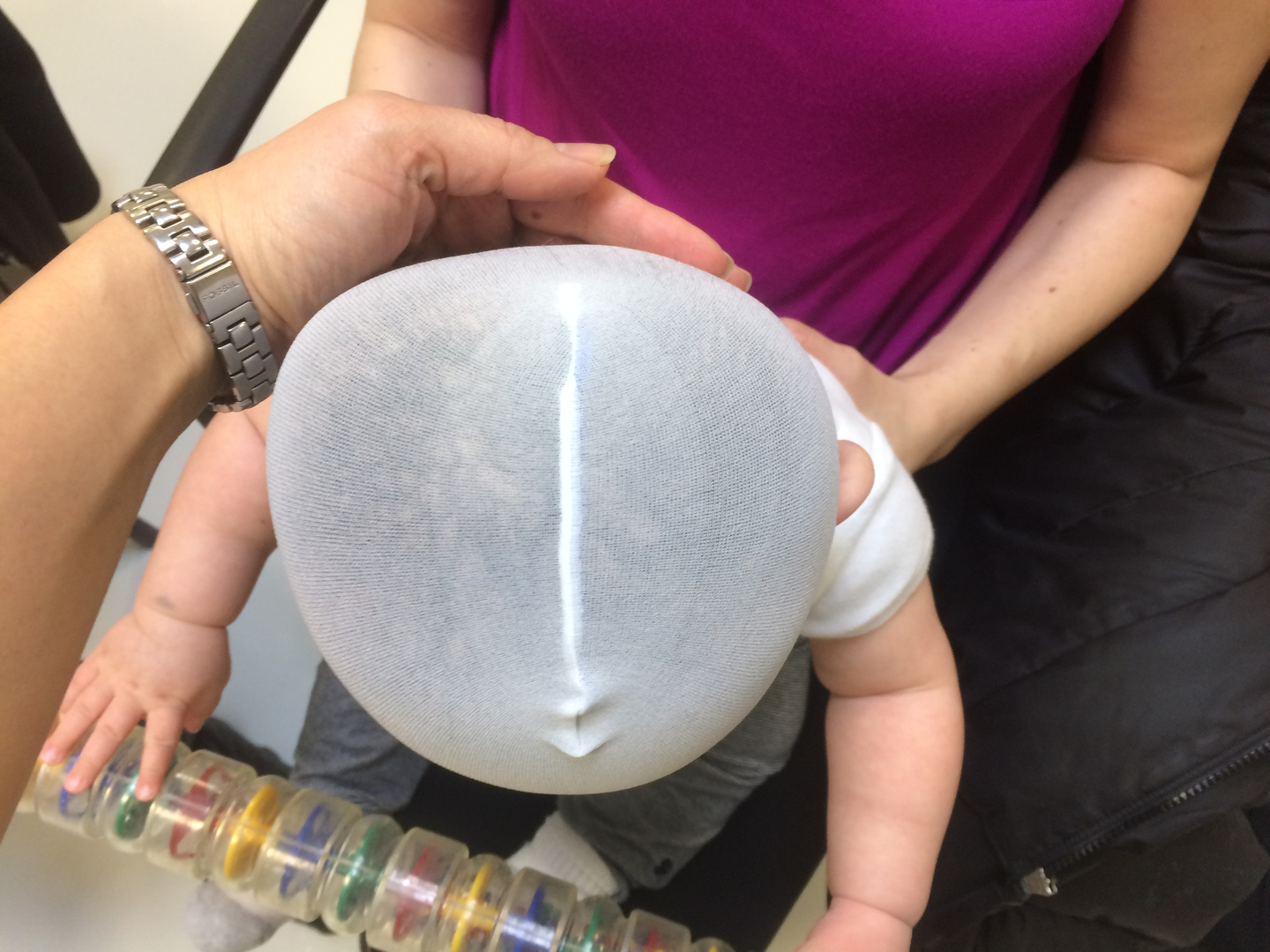
Introduction:
Plagiocephaly, commonly known as baby flathead syndrome, is a condition characterized by a flattening of one side of an infant’s head. While often considered a cosmetic issue, severe cases of plagiocephaly can lead to developmental delays and long-term craniofacial abnormalities. In this article, we will explore the causes, prevention strategies, and treatment options for plagiocephaly.

Causes:
Plagiocephaly can develop due to various factors, including prenatal positioning, birth trauma, or postnatal positioning practices. Prolonged pressure on one side of an infant’s head, such as sleeping in the same position or spending excessive time in car seats or swings, can contribute to the development of plagiocephaly.
Prevention Strategies:
1. Tummy Time: Encouraging supervised tummy time while the baby is awake can help relieve pressure on the back of the head and promote healthy skull development.
2. Repositioning: Alternating the baby’s head position during sleep and awake periods can help distribute pressure evenly and reduce the risk of developing flat spots on the head.
3. Limiting Time in Devices: Limiting the amount of time the baby spends in car seats, swings, and other devices that restrict movement can help prevent prolonged pressure on one side of the head.
Treatment Options
1. Repositioning Techniques: In mild cases of plagiocephaly, repositioning techniques, such as changing the baby’s sleeping position and encouraging more tummy time, may help improve head shape over time.
2. Cranial Orthosis (Helmet Therapy): In more severe cases of plagiocephaly, cranial orthosis, commonly known as helmet therapy, may be recommended. These custom-fitted helmets are designed to gently reshape the baby’s skull by applying consistent pressure to specific areas, encouraging symmetrical growth and correcting head shape.
3. Physical Therapy: Physical therapy techniques, such as stretching exercises and positioning strategies, may be prescribed to address any underlying musculoskeletal issues contributing to plagiocephaly.
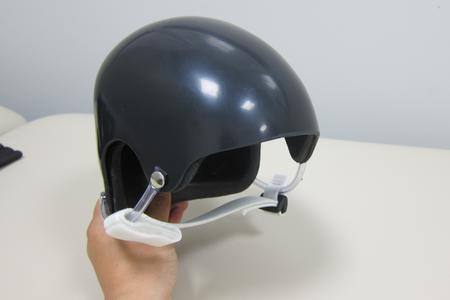
Conclusion:
Plagiocephaly, or baby flathead syndrome, is a common condition that can affect infants’ head shape and development. While prevention strategies such as tummy time and repositioning techniques are essential for minimizing the risk of plagiocephaly, treatment options such as cranial orthosis (helmet therapy) may be necessary for more severe cases. If you notice flattening or asymmetry in your baby’s head shape, consult with a pediatrician or orthotist for evaluation and personalized treatment recommendations. With early intervention and appropriate management, plagiocephaly can be effectively addressed, promoting healthy skull development and optimal growth in infants.
